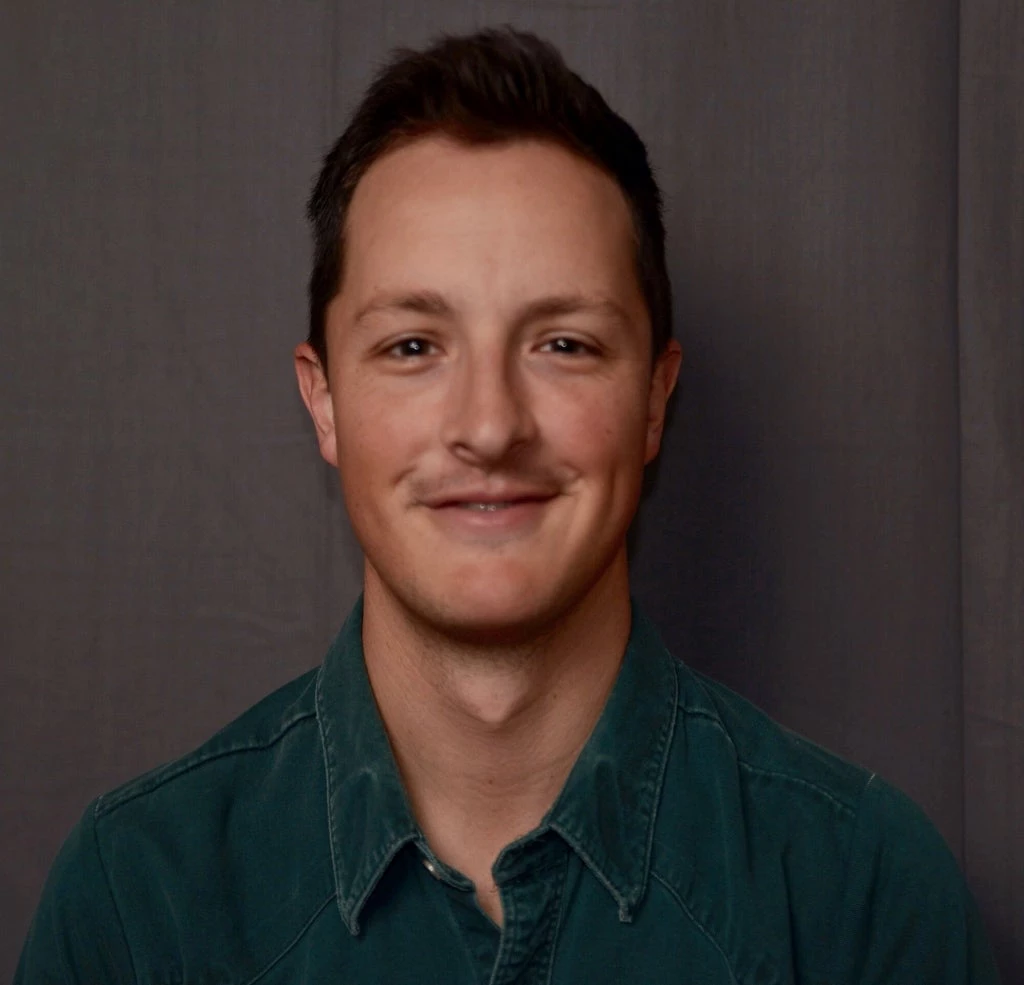 A TB volunteer in Daru speaks to a mother and child about TB treatment.
A TB volunteer in Daru speaks to a mother and child about TB treatment.
As COVID-19 dominates the world’s attention, it bears remembering that another, older respiratory disease that is both preventable and treatable is still killing 1.5 million people every year: TB.
Tuberculosis (TB) is a disease that has persisted since antiquity – it was often referred to as ‘consumption’ – and yet remains one of the top 10 causes of death globally. Approximately 10 million people fall ill with TB each year, including one million children.
While modern medicine and drugs have advanced, unfortunately so has TB. In 2017, the World Bank stepped up its fight against TB through the Emergency Tuberculosis Project in Papua New Guinea – which aims to work with a number of other partners to help control the spread of tuberculosis in targeted areas of Papua New Guinea (PNG).
On the Frontlines in Papua New Guinea
Daru Island, a small island off the south-west coast of PNG’s mainland, has become the epicenter in the fight against TB in PNG, as it is home to the biggest government-run hospital in PNG’s Western Province.
In 2016, the World Health Organization (WHO) declared Daru one of the world’s ‘hotspots’ for Multi-Drug Resistant-TB (MDR-TB), a strain of the disease particularly difficult to beat. MDR-TB develops when a patient begins a course of treatment for ‘standard’ TB, then discontinues that treatment when they feel better. In PNG, around 87% of people live in small villages far removed from cities and big towns. Those who are sick or injured are often forced to travel many hundreds of kilometers to get to a hospital or clinic, even for the most basic of treatments.
As soon as they began to feel better, patients would want to leave Daru and return to their families and communities as soon as possible. However, this typically meant patients curtailing their full treatment, allowing TB to remain in their system and build stronger resistance to drugs. It often became MDR-TB.
Through the commitment of the World Bank, other organizations large and small, volunteers and TB survivors – those living with TB in Daru now have access to multiple treatment sites, daily counselling, as well as free and nutritious meals to help with their treatment. Residents on the island recognize the bright red van that has been slowly making its way around the island, providing x-rays to screen for TB. It’s gratifying to see these efforts are working: since 2012, the percentage of patients not completing their treatment has gone from 30% to nearly zero – a critical objective in fighting TB’s spread on the island. What’s more, there has been some progress in identifying drug regimens for MDR-TB which are less toxic and less costly.
A battle on many fronts
Medical progress, and the dedication of many thousands of patients, health workers, advocates and policy makers, has brought many countries far from the time when millions of lives were lost to TB. That said, current projections suggest that the world will not achieve the Tuberculosis component of Sustainable Development Goal 3.3, and eradication may potentially take 160 years unless we scale up our efforts.
Now, with the onset of COVID-19, we must take heed of the lessons learned in the fight against TB to apply them to the Coronavirus pandemic. As Dr. Muhammad Pate, Global Director, Health, Nutrition and Population at the World Bank says:
“Tuberculosis often affects the same people who are most at risk of COVID-19: those with underlying respiratory illnesses or autoimmune diseases. The first line of defense against outbreaks is strong health care systems to prevent, detect and respond effectively to infectious diseases.”
As the coronavirus moves to low-income countries, which have large numbers of patients living with TB, it’s imperative we work to limit the disruption to TB services. As more resources are diverted to COVID-19, countries will have to balance the challenges of containing an old disease while fighting this modern one.
Due to the disease’s effects of comorbidity and immunosuppression, those living with TB and TB survivors are at higher risk for the pandemic; maintaining focus on both respiratory illnesses is important. World Tuberculosis Day is our opportunity to remind the global community to end suffering caused by this ancient and tragic disease.
Read an earlier version of this post here.



Join the Conversation